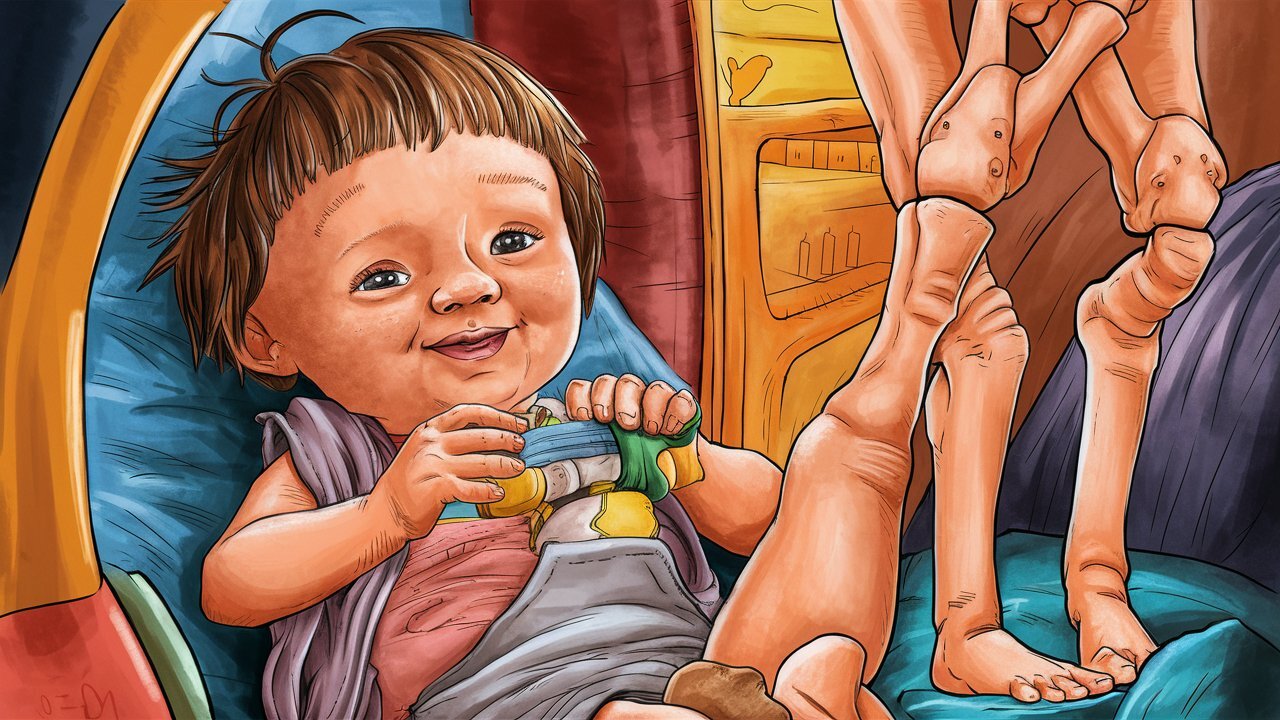
Acro Coxo Mesomelic Dysplasia is a rare genetic disorder that affects bone growth, leading to short stature and limb abnormalities. Caused by mutations in the NPR2 gene, this condition impacts the development of bones in the arms, legs, and pelvis. Individuals with this disorder often have shortened forearms and lower legs, along with hip and knee issues. Despite these challenges, many lead fulfilling lives with proper medical care and support. Understanding the symptoms, causes, and treatments of Acro Coxo Mesomelic Dysplasia can help those affected and their families navigate this condition more effectively. Let's dive into 20 key facts about this unique genetic disorder.
What is Acro Coxo Mesomelic Dysplasia?
Acro Coxo Mesomelic Dysplasia (ACMD) is a rare genetic disorder affecting bone growth. It primarily impacts the limbs, leading to shorter bones and other skeletal abnormalities. Here are some intriguing facts about this condition.
Genetic Basis of ACMD
Understanding the genetic roots of ACMD can shed light on its complexities.
- ACMD is inherited in an autosomal recessive manner. This means both parents must carry the defective gene for a child to be affected.
- The condition is linked to mutations in the NPR2 gene. This gene plays a crucial role in bone development and growth.
- NPR2 gene mutations disrupt normal bone growth. This leads to the characteristic short stature and limb abnormalities seen in ACMD patients.
Physical Characteristics of ACMD
The physical manifestations of ACMD are distinctive and can be identified through various symptoms.
- Individuals with ACMD often have short stature. This is due to the underdevelopment of long bones in the arms and legs.
- The condition affects the bones of the hands and feet. This results in shorter fingers and toes.
- Hip abnormalities are common in ACMD. These can lead to issues with mobility and walking.
- Facial features may also be affected. Some individuals have a prominent forehead and a flat nasal bridge.
Diagnosis and Detection
Early diagnosis of ACMD can help manage symptoms and improve quality of life.
- Diagnosis often involves genetic testing. This can confirm the presence of NPR2 gene mutations.
- X-rays are used to identify bone abnormalities. These imaging tests can reveal the characteristic skeletal changes of ACMD.
- Prenatal diagnosis is possible. Genetic testing can detect ACMD before birth if there is a known family history.
Treatment and Management
While there is no cure for ACMD, various treatments can help manage symptoms.
- Physical therapy can improve mobility. Regular exercises can help strengthen muscles and improve joint function.
- Orthopedic surgery may be necessary. Procedures can correct bone deformities and improve limb function.
- Growth hormone therapy is sometimes used. This can help increase height in children with ACMD.
- Pain management is crucial. Medications and other therapies can help alleviate discomfort associated with bone abnormalities.
Living with ACMD
Living with ACMD presents unique challenges, but support and resources are available.
- Support groups can provide emotional support. Connecting with others who have ACMD can be beneficial.
- Educational accommodations may be needed. Children with ACMD might require special assistance in school.
- Regular medical check-ups are important. Ongoing monitoring can help manage symptoms and prevent complications.
- Adaptive devices can enhance independence. Tools like braces or custom footwear can aid mobility.
Research and Future Directions
Ongoing research aims to better understand ACMD and develop new treatments.
- Scientists are studying the NPR2 gene. Research is focused on how mutations affect bone growth and development.
- New therapies are being explored. Advances in genetic research could lead to innovative treatments for ACMD in the future.
Final Thoughts on Acro Coxo Mesomelic Dysplasia
Acro Coxo Mesomelic Dysplasia (ACMD) is a rare genetic disorder that affects bone development. Understanding its symptoms, causes, and treatments can help those affected manage their condition better. Early diagnosis is crucial for effective treatment and improving quality of life. Genetic counseling can provide valuable insights for families dealing with ACMD. While there's no cure, supportive therapies like physical therapy and orthopedic interventions can make a significant difference. Research continues to explore new ways to manage and treat this condition. Awareness and education about ACMD can lead to better support systems and resources for patients and their families. By staying informed, individuals can advocate for themselves and seek the best possible care. Remember, knowledge is power when dealing with rare conditions like ACMD.
Was this page helpful?
Our commitment to delivering trustworthy and engaging content is at the heart of what we do. Each fact on our site is contributed by real users like you, bringing a wealth of diverse insights and information. To ensure the highest standards of accuracy and reliability, our dedicated editors meticulously review each submission. This process guarantees that the facts we share are not only fascinating but also credible. Trust in our commitment to quality and authenticity as you explore and learn with us.


